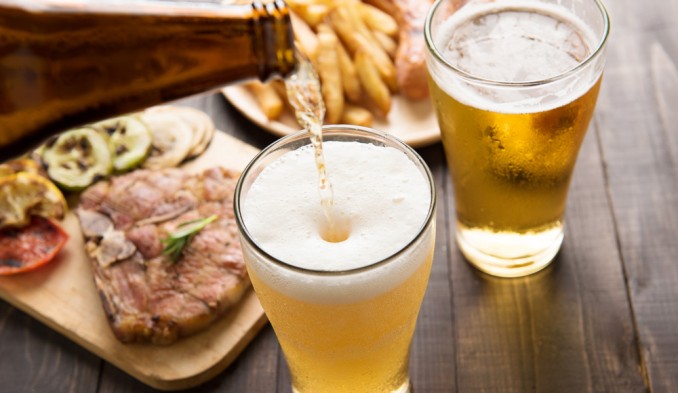 0
0

Food and beverage is today’s trend. Just consider the number of cook shows (professional and amateur), cookbooks/ recipes, reviews, restaurants, product line up in supermarkets, photos of food and beverages on Facebook, Instagram, WeChat etc. But, what is taste? Is there a difference between taste and flavour? If yes, can you explain the difference?
Flavour and taste are related, but are not interchangeable.
This is taste
Taste, some argue that there is no accepted basic definition and the basic understanding is increasingly changing/ or questioned. This is especially true in the last 20 years, as molecular biology and modern sciences dive into this specific subject matter. Taste is generally accepted as sweet, salt, bitter, sour and umami along with those under review: piquance (spicy), kokumi (mouth feel) and fat.
Taste refers to the senses happening inside of our mouth, the action of the gustatory system. The moment substances touch the tongue, information is passed from the sensors of the taste buds to the brain, giving the data points of taste. The transmitted data in itself is the sum of physiological (i.e. sensitivity), cultural (i.e. exposure) and psychological (i.e. memory, sound). There is also increasing acceptance that taste preference starts in the womb of a child. Our “factory” default setting, i.e. what is too sweet, spiciness etc. I believe our taste preference initially “settles” during our early childhood (Mothers play an important role!) and “evolves” as we age, explore and experience life.
To isolate just taste, close your eyes, pinch your nose shut while eating or drink. If possible, randomised the varieties and types of food and drinks. How did it taste? Can you guess what it is? Now, repeat this again but stop pinching your nose. Can you taste the difference? The best blind taste tests I enjoy are from Hell’s Kitchen! This is with professional chefs with only their absence of sight and hearing.
In some research, it is claimed that less than 20% of taste can be attributed to how we perceive flavour. The other 80%? Combination of aroma, temperature and mouth feel (or texture).
This is flavour
Flavour is the overall sum of taste, aroma, temperature, sight and mouth feel. Also, I believe that memories and thoughts equally play their part in experiencing flavour.
Some of interesting recent researches of how flavour is affected:
- Different glass shapes and temperature can bring out distinctive bouquets and finishes from the same wine;
- The perceived quality of the cutlery/ or tableware to flavour;
- Influence of colour: White wine versus white wine with red colour versus Red wine;
- Influence of price, e.g. whilst reviewing wine;
- Influence of smells triggering an emotion and memories;
- Influence of pressure, humidity etc: food tasting different on air versus on ground;
- Influence of noise.
The real challenge is in interpreting/ or communicating the expression of flavours. For example, have an enthusiast to explain the flavour of wine (or tea or coffee) to a newcomer. Is there such a thing as good or bad flavour? How adventurous are you with new taste and flavour?

